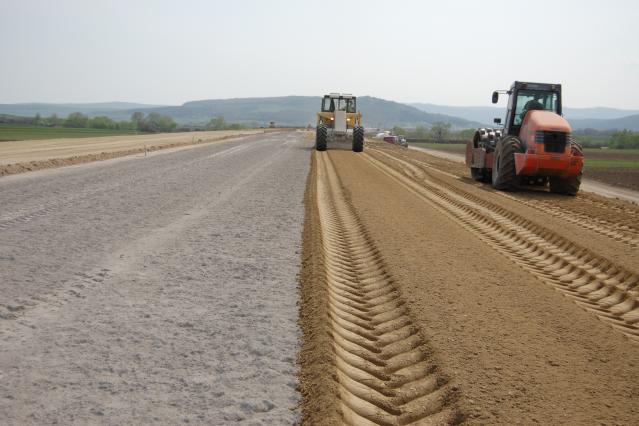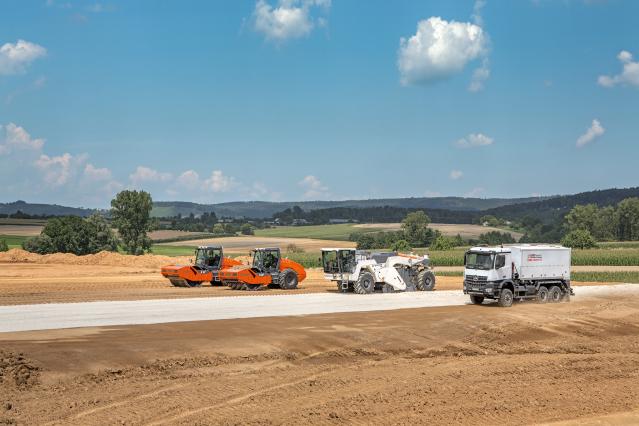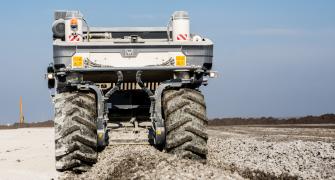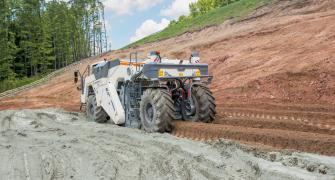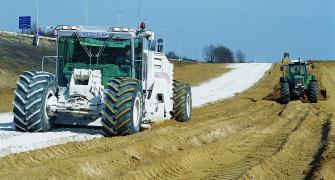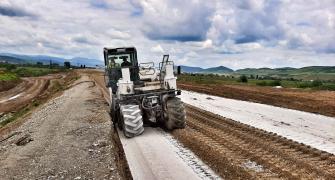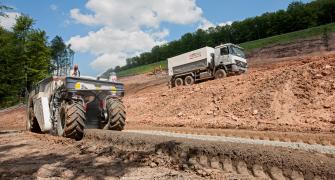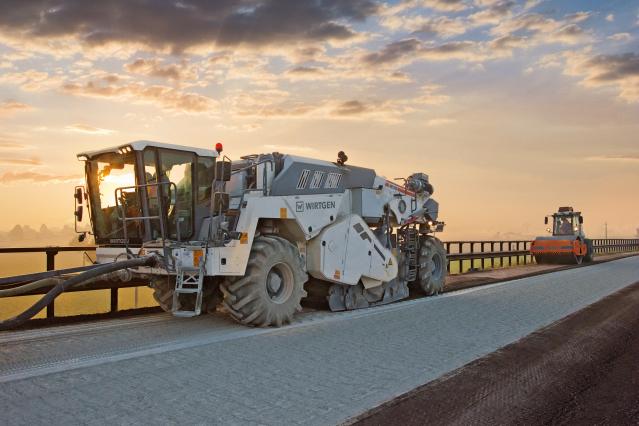
Do you have a question about this product? Ask our specialists
Contact us
Your Benefits
ROAD CONTRACTORS
- Supply guarantee
- Minimum costs
- Proven bearing capacity
DESIGNERS
- Optimizing execution cost & time
- Certified products
- Proven bearing capacity
INVESTORS
- Proven economical solution
- Shortest time of execution
- Recognized sustainable solution
Advantages of ViaCalco®
- Fills produced by reusing 100% of in-situ soils.
- Avoidance of landfilling of poorly rated soils & landfill taxes.
- Optimized amount of soil binder leads to minimized delivery costs.
- Reduction in the number of trucks required on site by more than 90% → more safety.
- Less dust, less hindrance for neighbors.
- Best sustainable solution, with lowest environmental impact.
- ViaCalco® expert team available.
Good to know
Lime - mixed into the soil - neutralizes the swelling and shrinking effects and becomes an excellent filling material or subgrade. When more ViaCalco® is added, it can also transform poor-rated soils into durable capping layers or basement layers.
We offer a broad range of tailored lime binders for the more silty and sandy soils in earthworks. These binders, known as ViaCalco®, are adapted to several types of fine soils that contractors may face on their sites.
We have ranked products from high lime content till low lime content:
- ViaCalco® 90-80
- ViaCalco® 70
- ViaCalco® 50
- ViaCalco® 30
- ViaCalco® E
Product Variations
Soil treatment is a geotechnical method in which ViaCalco® lime is mixed into poorly rated soil to turn it into a trafficable service road. In-situ soil itself can be reused as filling material, subgrade, capping layer or roadbase material. Soil treatment is a common name and can be divided into two applications for earthworks for soil improvement and soil stabilization.
Soil improvement is an operation that modifies physical properties - such as water content, plasticity, bearing capacity - by adding a binder into the soil. The amount of added soil binders - ViaCalco® - can be sufficient for clay flocculation, and a better compaction on site, creating immediately trafficable site service roads or subgrades for direct construction.
Soil stabilization is an operation consisting of obtaining a homogeneous mixture of soil with lime or lime-based binders and optionally with water, which, when properly compacted, significantly changes the characteristics of the soil so that it becomes stable, especially in terms of its long-term durability and resistance to water and frost.
In general, soils at least 15% passing a 63-micron sieve and having a plasticity index of 5% or higher are candidates for soil treatment with ViaCalco®.
A quick answer can be provided based on a small geotechnical study in a Proctor Curve / Proctor compaction test or California Bearing Ratio (CBR) or Immediate Bearing Index (IBI). Depending on these results, a high or low lime ViaCalco soil binder will be recommended. Please consult our expert in your country for advice.
In our experience, a minimum size of 10,000 m² (1 ha) or 3,000 m³ is considered to cover the cost for transporting specialised equipment (binder spreader, soil mixing unit) to the construction site.
There is no maximum size. The bigger the project, the better. Soil treatment is an evolving geotechnical methodology, and when well understood by experts and agencies, the total thickness can exceed 30 meters. We talk about large size projects when more than 1 million m³ needs to be treated in a short period of time.
It is suitable for stabilising the subgrade for commercial, logistics and industrial parks. As a fill, subgrade, or capping layer in the construction of roads, expressways, and highways. As a fill or subgrade in the construction of railways and high-speed railways. Please contact our expert in your country for more information.
ViaCalco® 90 is the most suitable for highly cohesive soils with clay content, while ViaCalco® 30 is better suited for soils with a low plasticity index. Contact our specialist in your country for advice.
Poorly rated soils are always a challenge for geotechnical engineers. Instead of landfilling these soils, we recommend integrating a soil treatment methodology into your project and reuse existing available soils in-situ.
In this way you will gain the following benefits:
- Reduced execution costs (no landfilling, no new aggregate, no transport of aggregate).
- Faster implementation - even in the rainy season, as service roads can be realized.
- Less impact on the planet (saving aggregates in quarries, less transport, reduced carbon footprint of projects).
- Less impact on societal factors (fewer truck obstructions in the area, more safety due to reduced truck movements).
Contact our expert in your country for more information.
The high demand for earthworks to realize highways and high-speed railways in Europe and Asia has been a driving force for equipment manufacturers to develop mixing technology. The giant soil mixers - today supplied by Wirtgen, Bomag and others - have gone through rapid technical evolution over the past 3 decades and can now mix between 5,000 and 10,000 m³ per shift.
We estimate that worldwide we are involved in more than 30,000,000 m³ of land treatment operations annually in all the countries where we operate. This saves the planet more than 60,000,000 tonnes of aggregate that would otherwise be used for the same task. Soil treatment in earthworks is today one of our most sustainable applications.

